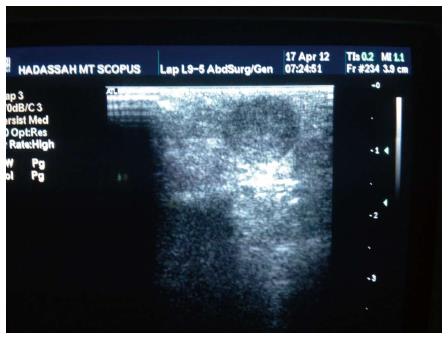Copyright
©2014 Baishideng Publishing Group Co.
World J Gastroenterol. May 7, 2014; 20(17): 4908-4916
Published online May 7, 2014. doi: 10.3748/wjg.v20.i17.4908
Published online May 7, 2014. doi: 10.3748/wjg.v20.i17.4908
Figure 1 Tumors of the pancreatic head.
A: A pancreatic neuroendocrine tumor (PNET) involving the posterior aspect of the pancreatic head, after adequate exposure by extensive kocherization and medial retraction of the pancreatic head, prior to enucleation; B: A PNET involving the inferior border of the body/tail of the pancreas. Resection is being performed using the LigaSure device; C: PNETs located in the posterior aspect of the body/tail occasionally require partial resection of the splenic vein in order to perform successful enucleation; D: The intraoperative appearance after performance of spleen-preserving distal pancreatectomy with splenic vessel preservation; E: The intraoperative appearance after performance of spleen-preserving distal pancreatectomy without splenic vessel preservation. Figure 1D and E represent patients with multiple endocrine neoplasia-1, with an additional PNET located in the head. This synchronous tumor will be excised by enucleation.
Figure 2 An image from intraoperative ultrasound demonstrating an insulinoma involving the pancreatic tail.
- Citation: Al-Kurd A, Chapchay K, Grozinsky-Glasberg S, Mazeh H. Laparoscopic resection of pancreatic neuroendocrine tumors. World J Gastroenterol 2014; 20(17): 4908-4916
- URL: https://www.wjgnet.com/1007-9327/full/v20/i17/4908.htm
- DOI: https://dx.doi.org/10.3748/wjg.v20.i17.4908










